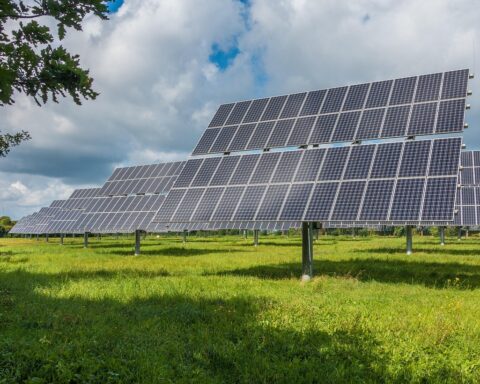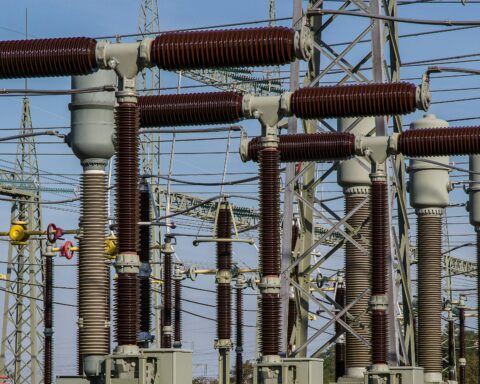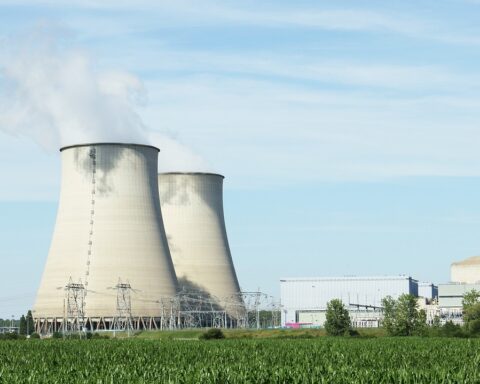Developers might have to use several technologies to reduce greenhouse gas emissions from buildings if they want to meet the federal government’s goal of decarbonizing the sector by 65% by 2035 and 90% by 2050.
In its first-ever plan to decarbonize the nation’s buildings, the U.S. Department of Energy along with the Department of Housing and Urban Development, the Environmental Protection Agency and other federal agencies to develop the Decarbonizing the U.S. Economy by 2050: A National Blueprint for the Buildings Sector.
“As part of a whole-of-government approach, DOE is outlining for the first time ever a comprehensive federal plan to reduce energy in our homes, schools, and workplaces — lowering utility bills and creating healthier communities while combating the climate crisis,” U.S. Secretary of Energy Jennifer Granholm said in a press release.
The non-binding plan includes four strategic objectives:
- Increasing building energy efficiency
- Accelerating onsite emissions reductions
- Transforming the interactions between buildings and the electricity grid
- Minimizing the emissions from producing, transporting, installing, and disposing of building materials
The American building sector accounts for more than one-third of domestic climate pollution and $370 billion in annual energy costs, DOE said. If implemented, the agency’s plan projects a 90% reduction of GHG emissions from the buildings sector, saves American consumers more than $100 billion in annual energy costs and avoids $17 billion in annual health costs.
In the residential sector, the plan called for mass conversion of electric heating equipment to efficient electric air- or ground-source heat pumps. The DOE estimates that in the next few years, 500,000 of the 100 million homes without heat pumps will make the conversion annually. However, at that rate, it would take 200 years to fully convert the American residential heating stock to heat pumps.
Americans purchased 4 million heat pumps in 2023 – eclipsing gas furnace sales for the first time – and heat pump incentives in the Inflation Reduction Act are expected to increase their growth. However, that’s still not enough to meet the Biden Administration’s decarbonization goals without a 10-fold increase in conversions.
The DOE recommended the office and commercial building sector use low-carbon space and water heating, install on-site clean electricity generation units, use lower embodied carbon materials and equipment refrigerants with low global warming potential.
Buildings can be constructed and retrofitted to use a fraction of the energy they once required and are less susceptible to volatile energy prices, the DOE said.
In the building sector, investment in demand-side solutions – such as high-performance, low-carbon heating – and smart control systems, can significantly reduce energy consumption, according to the report. As the power grid transitions to clean energy sources, billions of dollars can be saved annually, and much of the cost of grid decarbonization can be offset, the report noted.
The department also outlined strategies and actions that can support emission reduction efforts such as support for energy technology research and development, increased market development policies along with improving efficiency standards and building codes.













